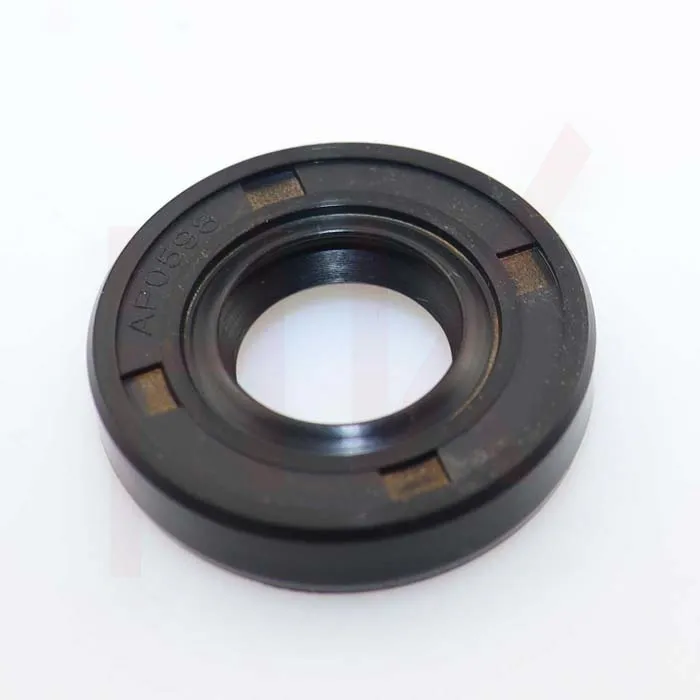ต.ค. . 31, 2024 20:13 Back to list
Understanding the Importance of Seals in Hydraulic Motor Performance and Durability
Understanding Hydraulic Motor Seals An Essential Component in Fluid Power Systems
Hydraulic motors are key components in a variety of industrial applications, powering machinery and equipment ranging from excavators to conveyor systems. A critical part of ensuring the efficiency and longevity of hydraulic motors is the use of reliable seals. These seals play a fundamental role in maintaining the functionality and performance of hydraulic systems, preventing fluid leakage and contamination.
Hydraulic seals, specifically designed for hydraulic motors, are essential for containing the hydraulic fluid under pressure. The primary function of these seals is to form a barrier that prevents the hydraulic fluid from escaping while also keeping contaminants like dirt, dust, and water from entering the system. This is vital because any contamination can lead to wear and tear on the motor components, ultimately causing failures and costly downtime.
Several types of seals are commonly used in hydraulic motors. Among them, O-rings, lip seals, and ring seals are the most prevalent. O-rings are circular elastomeric seals that fit into a groove and compress when the components are tightened. They are effective in static and dynamic applications. Lip seals, on the other hand, consist of a flexible lip that rubs against a shaft, providing a robust seal against fluid leakage. Ring seals can offer excellent sealing performance in more specific applications, characterized by their unique designs that accommodate various operating conditions.
hydraulic motor seals

Selecting the right seal for a hydraulic motor is crucial. Factors such as the type of hydraulic fluid, operating temperature, pressure levels, and the environment in which the motor operates must all be considered. For instance, certain elastomers are better suited for high-temperature applications or specific fluid compatibility, affecting the seal's lifespan and effectiveness. Engineers must also assess the speed of the motion and the particular rotational and axial loads that the seals will face.
The importance of proper installation cannot be overlooked. Improperly installed seals can lead to premature failure and leakage, which in turn can damage the motor and compromise the entire hydraulic system. It is vital to follow manufacturer guidelines and best practices during installation to ensure optimal performance and longevity.
Regular maintenance of hydraulic motor seals is also essential for maximizing their lifespan. This includes inspecting seals for wear, replacing any that show signs of damage, and ensuring that the hydraulic fluid being used is clean and free from contaminants. Maintenance schedules should be adhered to, as neglecting to inspect or replace seals can lead to significant operational issues and high repair costs.
In conclusion, hydraulic motor seals are indispensable to the efficient and effective operation of hydraulic systems. They play a vital role in preventing fluid loss and contamination, which can significantly affect the performance of hydraulic motors. By understanding the different types of seals, selecting the appropriate materials, ensuring precise installation, and implementing regular maintenance, users can enhance the reliability and longevity of hydraulic motors. Proper attention to these critical components ultimately leads to smoother operations and reduced costs in industrial applications.
-
Understanding Oil Seals and Their Role in Machinery Efficiency
NewsApr.08,2025
-
The Importance of Seals in Agricultural and Hydraulic Systems
NewsApr.08,2025
-
Essential Guide to Seal Kits for Efficient Machinery Maintenance
NewsApr.08,2025
-
Choosing the Right TCV Oil Seal for Your Machinery
NewsApr.08,2025
-
Choosing the Right Hydraulic Oil Seals for Reliable Performance
NewsApr.08,2025
-
A Comprehensive Guide to Oil Seals and Their Applications
NewsApr.08,2025
-
The Importance of High-Quality Oil Seals in Industrial Applications
NewsMar.26,2025
Products categories
















